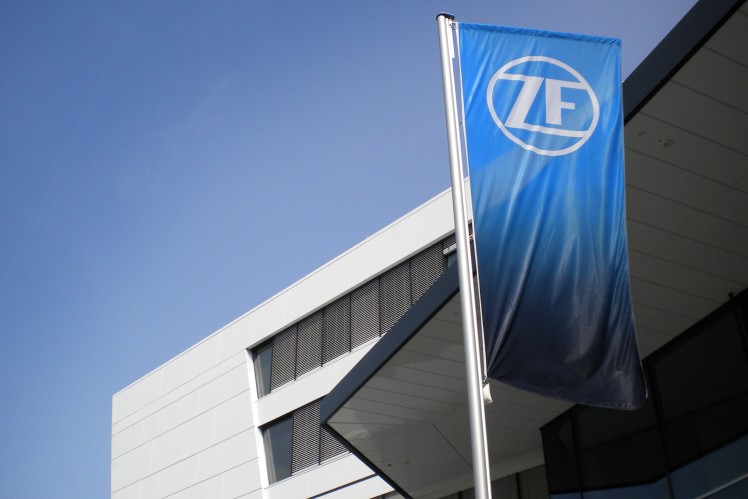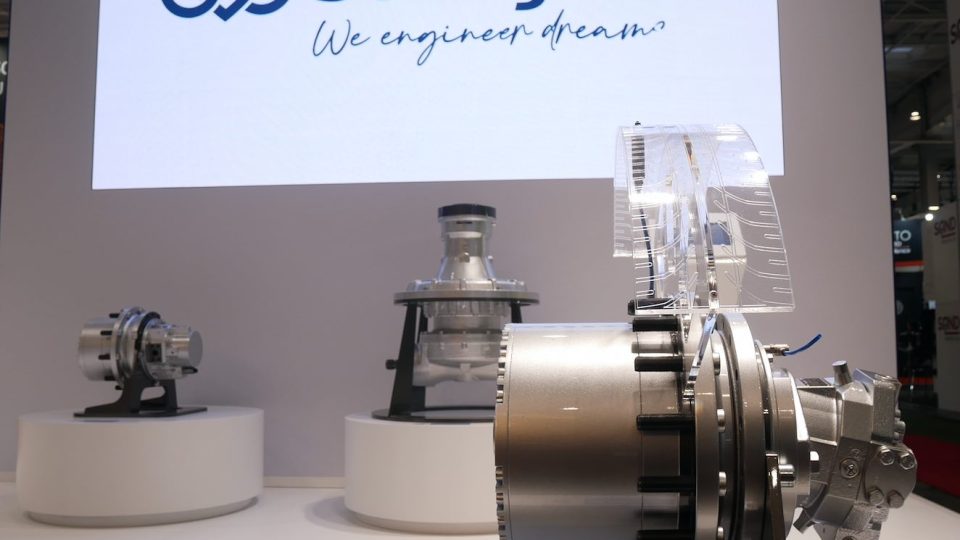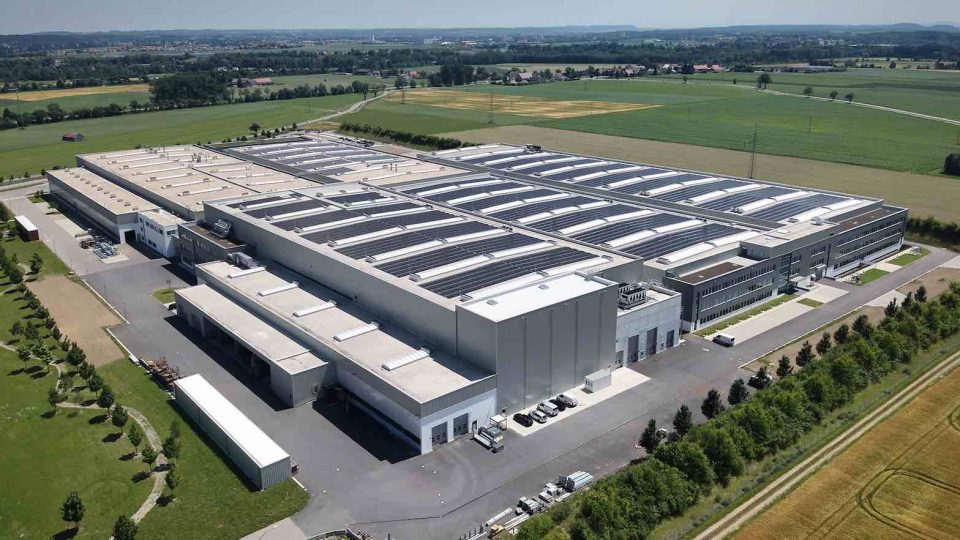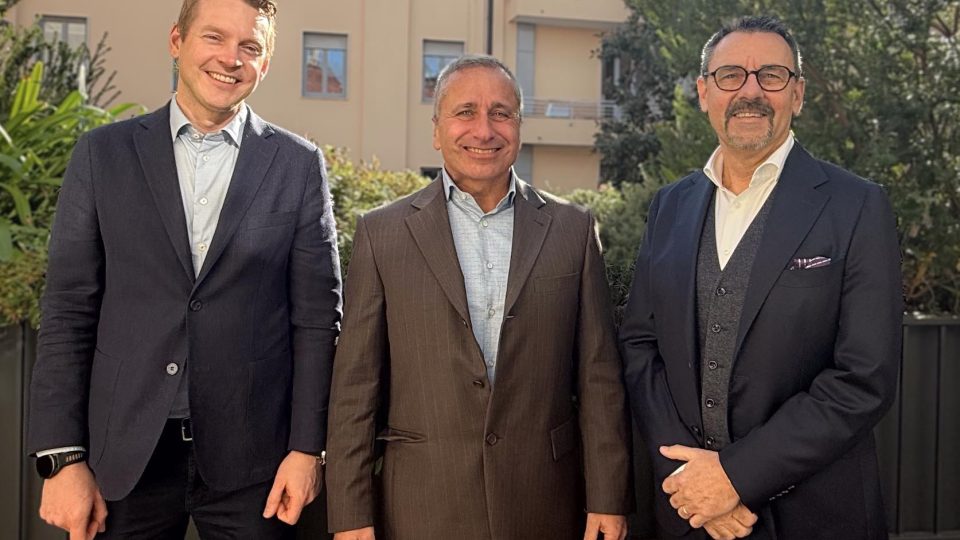Parker Hannifin Corporation. Multi-stage filtration system
Aquabloc3D: a new coalescence filtration system by Racor Aquabloc3D is a brand new coalescence filtration system produced by Racor, a brand of the Engineer and Mobile Filtration Division of Parker Hannifin Corporation. This is a company specialized in Motion & Control technologies, a sector in which it is a global leader. The company defines the […]
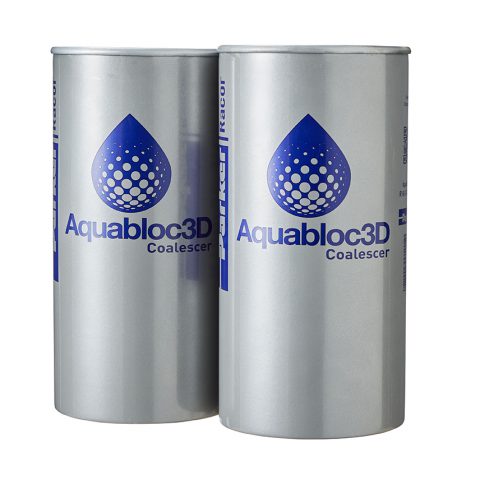
Aquabloc3D: a new coalescence filtration system by Racor
Aquabloc3D is a brand new coalescence filtration system produced by Racor, a brand of the Engineer and Mobile Filtration Division of Parker Hannifin Corporation. This is a company specialized in Motion & Control technologies, a sector in which it is a global leader. The company defines the launch as a technological change in the filtration of diesel fuel. Traditional barrier water separators keep water and fuel divided thanks to a single hydrophobic barrier filter element. This type of system is frequently found in applications such as mobile devices.
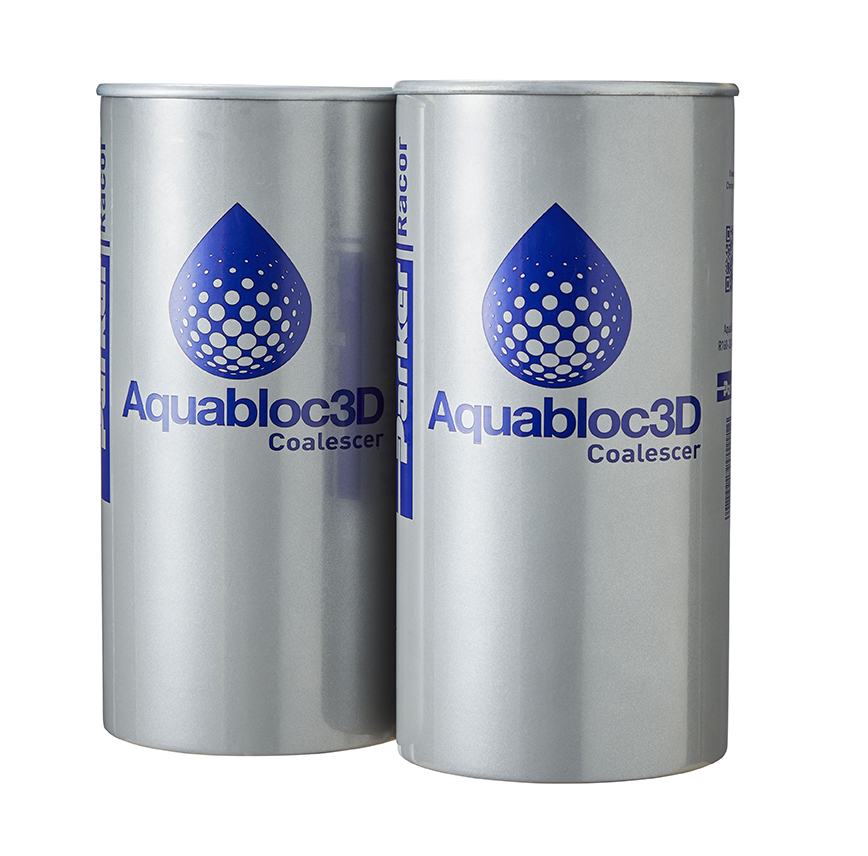
The technology on which Aquabloc3D relies is the result of the knowledge that Parker has gained in the field of multi-stage coalescing elements. These are used in different contexts such as airports, refineries, marine applications and energy production. Compared to the others, the new system is structured in three distinct phases to allow only the clean fuel to pass to the engine. Aquabloc3D is the result of a design process aimed at updating and replacing spin-on filters for existing Parker separators. The main fields of application of Parker products are trucks, buses, agricultural and construction machinery.
Optimization against fuel impurities
Uncontrolled impurities in fuel, including water, weigh on fuel and service costs. They can cause damage to the engine components and reduce their efficiency and useful life. Service and maintenance times, as well as the life of the vehicles – trucks, buses and construction machines – are affected. Today’s fuels are becoming progressively more complex. Furthermore, they contain levels of additives that are significantly higher than in the past.
The argument is even more valid when it comes to bio-diesel based on vegetable oil, and other fuels based on tallow or on animal fats and oils. In these cases, in fact, the separation of water is less efficient because of the ability of these fuels to mix with water and because of the low interfacial tension. Parker Racor’s Aquabloc3D is a solution designed specifically to meet these challenges. In the case of bio-diesel fuels, it primarily concerns the separation of water.
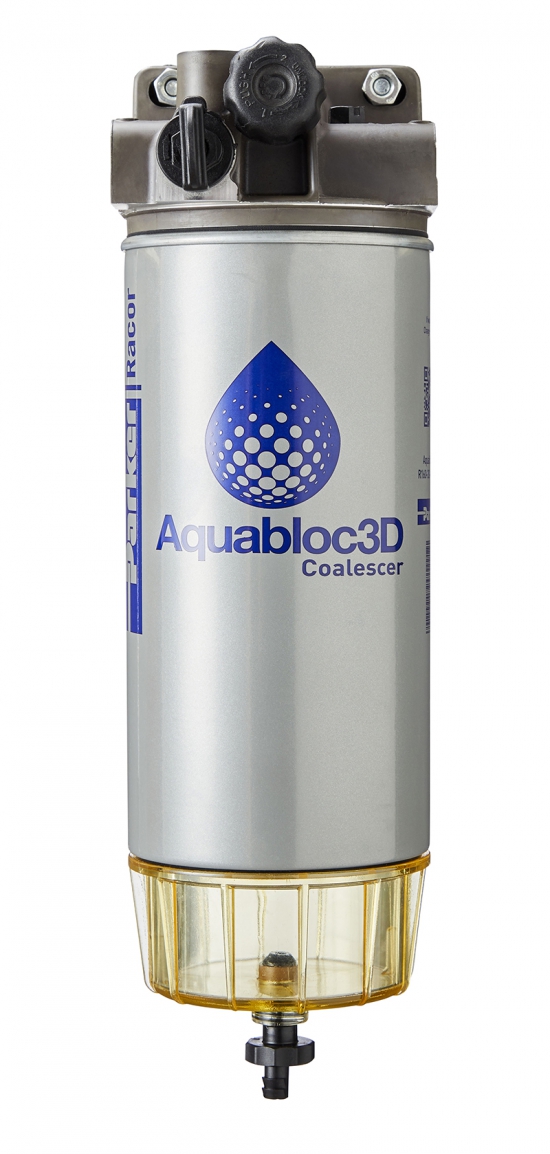
Aquabloc3D. How it works
The coalescence septum is located in a spin-on container equipped with a multistage filtration system. The first part of the Aquabloc3D element consists of a high-capacity synthetic pleated particle filtration media to optimize flow. When the wet and dirty fuel comes into contact with it, the filter material removes the contaminants while still ensuring maximum flow. Thereafter, the fuel passes through multiple wrapped layers of plasma-treated coalescer depth media where it is partially filtered.
Then it interacts with the multi-density coalescer, with an increase in water droplets. The larger drops fall from the flow current and are conveyed to a collection bell. In this way, the emulsified water is separated from the fuel. Finally, before the fuel leaves the filter, it impacts against a central hydrophobic cartridge. This prevents the increased coalescence drops coming out of the filter and re-entering the fuel stream.


